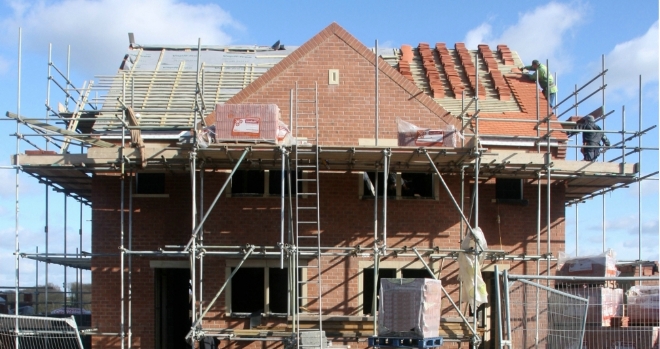
"The new sentencing guidelines reflect historic concerns that fines were proportionately too low for offences"
The total is more than double the sum seen in 2015, and makes construction the most costly sector for health and safety offences, followed by manufacturing, which saw £12m.
Research conducted by the insurance and risk law firm tracked 87 offences committed by construction companies since January 2016, which accounted for almost a third of all health and safety fines issued.
Helen Devery, partner and head of health and safety at insurance and risk law firm BLM, said: “The construction sector in particular has always been considered as one of the most dangerous worksplace environments. The industry has been subject to intense scrutiny and investigation by the regulators for many years, with stiff penalties being handed down for health and safety breaches.”
This increase follows the introduction of new sentencing guidelines in February 2016 for health and safety, food hygiene and corporate manslaughter offences. The court now considers culpability, seriousness and likelihood of harm and the size of a business and its turnover when imposing fines.
Fines for businesses with a turnover in excess of £50m can now reach up to £10m for health and safety offences, and corporate manslaughter fines could be as much as £20m.
Helen continued: “The new sentencing guidelines reflect historic concerns that fines were proportionately too low for offences. Now, penalties are imposed in proportion to the size of the business rather than using a universal figure for all offences, which sends a strong message to all construction businesses. It is people and business critical to ensure that safety processes and systems are a board level priority. Robust and proactive audit processes that interrogate and improve systems will be seen as best practice. At the heart of this is a commitment to effective risk assessment and training across all parts of the business.”





